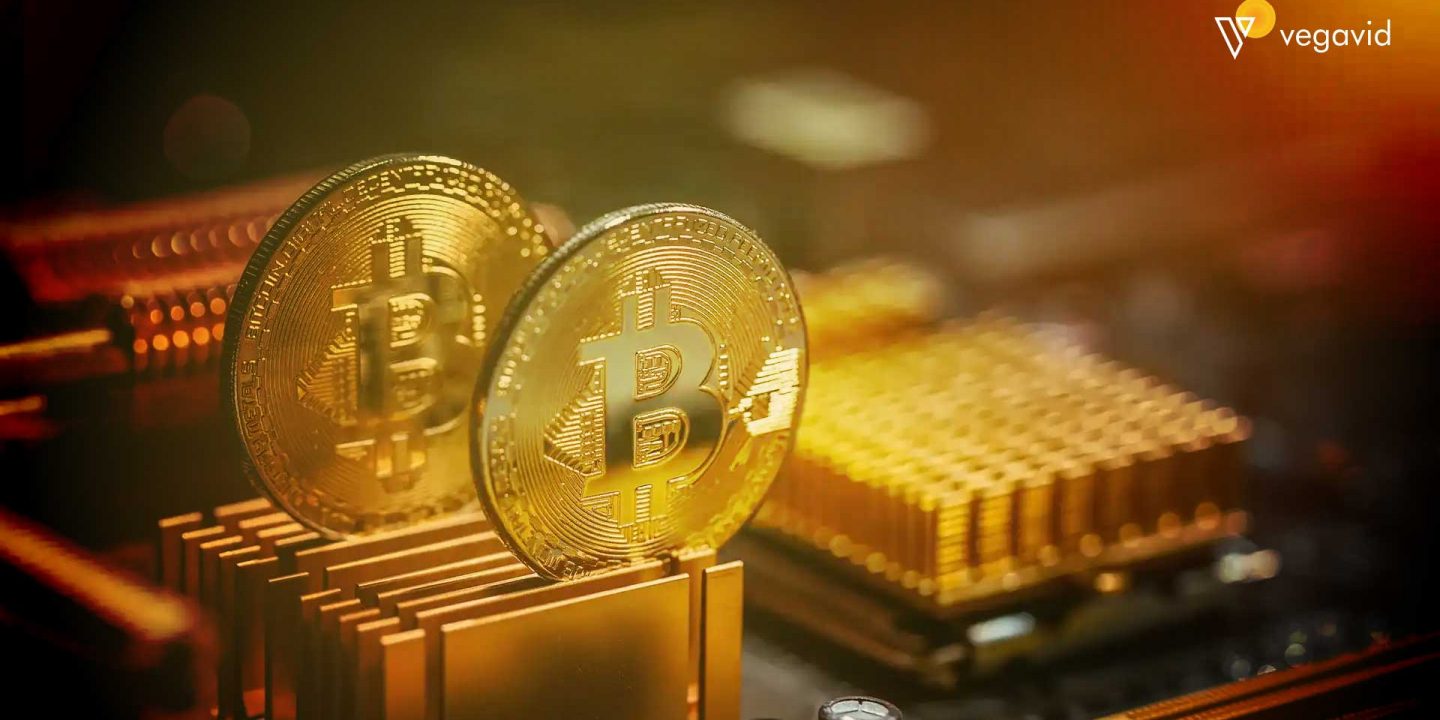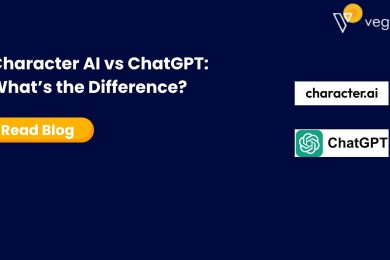
Let’s explore an innovative new form of finance that is changing how people access loans and credit. Decentralized finance, often shortened to De-Fi, allows for lending without big banks or other centralized institutions acting as middlemen. Instead, everything happens peer-to-peer using cryptocurrency and blockchain technology.
In this article, we’ll unpack what De-Fi lending entails, how it gives borrowers more freedom than traditional lending, and why it’s growing rapidly. By removing barriers and intermediaries, De-Fi opens up lending on a global scale. It also speeds up the lending process in a more transparent way.
As a new model of finance, De-Fi lending comes with both advantages and risks. To help you understand how it works, we’ll walk through the step-by-step process of getting a loan and lending money through De-Fi protocols. We’ll also look at real-world examples so you can see De-Fi lending in action.
What is De-Fi Lending?
De-Fi stands for decentralized finance. In De-Fi lending, people can deposit crypto assets like Bitcoin or Ethereum and earn interest on them. Their crypto deposits are loaned out to other users who need to borrow those assets. This all happens on decentralized applications without any middlemen like banks.
In traditional finance, people deposit money in banks and the banks lend it out to earn interest. With De-Fi lending, smart contracts automate the whole process on blockchains like Ethereum. Anyone can sign up as a lender or borrower easily without paperwork. Lenders set their own interest rates and loan terms. Borrowers get instant access to loans if they put up enough collateral in crypto.
The funds are secured through this collateral system because borrowers have to pledge more value in crypto than they borrow. If the collateral value drops too much, the loan gets liquidated. This protects lenders from defaults. Lenders earn high yields compared to savings accounts. Borrowers save on interest rates versus credit cards. Transactions occur peer-to-peer without banks taking a cut.
De-Fi apps run on public blockchains so the lending process is transparent. Anyone can verify transactions. Decentralization means no single company controls the system. It’s managed through community governance and code. Interest earnings from De-Fi lending are also borderless with no capital controls. Overall, it offers an innovative way to borrow/lend crypto assets.
Growing Popularity of De-Fi Lending
De-fi lending has seen huge growth in recent years. In the past, using decentralized finance required technical expertise. But now, friendly interfaces are making it much simpler for regular users to get involved. As a result, the amount of crypto assets deposited in De-Fi protocols has skyrocketed. In 2020, around $1 billion was locked into De-Fi lending. By 2021, that number jumped over 10x to surpass $100 billion.
There are a few reasons for De-Fi lending’s rising adoption. Firstly, interest rates of up to 10% APY attract depositors far more than traditional banks offering 0.5% or less. Secondly, access to crypto-backed loans without credit checks provides benefits to borrowers too. Gas fees on Ethereum, the main network for De-Fi, are also decreasing. Layer 2 networks now offer near-zero costs. This boosts usability.
De-Fi betting big on future technologies like Ethereum 2.0 as well. Its shift to proof-of-stake from energy-intensive mining will make transactions much faster and cheaper long-term. This enhances the appeal and functionality of lending dapps running on it. Rising awareness through social media marketing spreads knowledge too. Community discussion de-mystifies decentralized finance concepts. Overall, De-Fi presents an exciting new financial system independent of centralized control. Its advantages are powering tremendous mainstream adoption numbers.
Key Differences Between Traditional Lending and De-Fi Lending
Traditional and De-Fi lending has some notable distinctions. With banks, one needs a good credit history and collateral to qualify for loans. De-Fi allows borrowing against crypto assets by anyone globally. Traditional approval takes days but De-Fi provides instant automated decisions using code.
Banks serve as middlemen, earning profits on each transaction. De-Fi eliminates middlemen via direct peer-to-peer processes on blockchains. Interest rates are set globally by supply and demand in De-Fi whereas banks can control local pricing.
De-Fi transactions operate 24/7 without downtime unlike banks open on weekday hours. Transactions embed smart rules like over-collateralization to make loans trustless and avoid moral hazards. Banks depend more on legal contracts.
De-Fi offers transparency as blockchains record open ledgers while traditional records remain private. De-Fi provides borderless, censorship-resistant access for global borrowers blocked by regulations. However, bank customers get FDIC insurance not present in De-Fi which is wholly unregulated.
It can be said that De-Fi prioritizes decentralization through code versus centralization around institutions. It empowers self-sovereign finance anywhere using technology. Both models co-exist, catering each’s advantages to different user types and risk appetites.
Core Components of De-Fi Lending
The key building blocks that make De-Fi lending possible are:
- Smart contracts – These are programs hosted on blockchains that automatically enforce agreements through code. Smart contracts ensure loans are originated, repaid and collateral is liquidated as per the programmed terms.
- Collateralization – Borrowers must lock more value of crypto assets than the loan amount. This over-collateralization protects lenders if prices drop. The collateral remains under borrowers’ control until the loan defaults when it’s liquidated.
- Oracles – Oracles are services that provide smart contracts secure access to off-chain data like asset prices. This allows contracts to check collateral values and trigger liquidations if needed. Chainlink is a major Oracle network.
- Lending pools – Lending protocols hold deposited crypto funds in aggregated lending pools. Borrowers tap these pools as per the rates and terms programmed by the protocol. Aave and Compound are leading lending pools.
- Stablecoins – Stablecoins pegged to fiat currencies reduce price risks. They serve as popular crypto collateral for loans since collateral value swings less than volatile coins.
- Wallets – Non-custodial wallets securely manage users’ digital identities and crypto finances on Ethereum and other chains where De-Fi apps execute. Metamask is widely used.
- DEXs – Decentralized exchanges provide liquidity to convert collateral to stablecoins during loan liquidations without centralized middlemen. Uniswap is a major DEX.
Together, these components make decentralized crypto lending possible on public blockchains through automated smart contracts.
The De-Fi Lending Process
De-Fi lending allows people to deposit crypto assets like Bitcoin or Ethereum and earn interest on those deposits. Others can borrow those deposited assets and pay interest. This happens without middlemen like banks.
The process starts when someone puts crypto into a lending pool on a De-Fi platform. The platform uses smart contracts to automate the process. These are programs that run on the blockchain without anyone controlling them.
Other users can then take out loans by providing collateral above the loan amount. For example, to borrow $100 of deposited Bitcoin, they may need to put up $150 worth of another crypto-like Ether.
The smart contracts automatically lend out the deposited crypto and collect interest payments from borrowers. It divides up the deposited crypto between all the loans. Borrowers get the crypto they take out and have to pay it back plus interest over time.
If the collateral value drops too much, the smart contract forces a liquidation. It sells the collateral to pay back the loan. This ensures lenders get their original crypto back even if borrowers default.
After repayment, the crypto and interest earned get returned to the original lenders. They earn a return without needing to choose borrowers or chase after payments. Smart contracts handle everything impartially through code.
This allows anyone to participate in lending and borrowing crypto without relying on middlemen. However, there is a risk since the process is decentralized without any company backing it up.
Benefits of De-Fi Lending
De-fi lending provides accessibility to financial services globally without intermediaries like banks. Anyone with an internet connection and supported cryptos can participate. This allows borrowers and lenders in developing nations with limited banking to access loans and earn interest.
It operates 24/7/365 so people can deposit or borrow at any time without delays. Loans are fast, sometimes under 60 seconds. This speed and availability are hard for regular banks to match.
Transactions are transparent since they occur publicly on blockchains. Lenders know exactly which loans and projects their funds support. They can also verify repayments easily.
De-Fi removes middlemen so costs are lower for both borrowers and lenders. No branches, employees or overhead means savings are passed on. Interest rates charged can be fairly low while rates earned are often far above regular savings accounts.
Smart contracts automate low-risk lending without human discretion which could be biased. As long as collateral rules are met, borrowing and repayment terms are followed impartially by code.
Lenders can experiment with investing small amounts worldwide since minimums are usually low. This lets people develop experience in a growing financial niche.
By owning crypto collateral directly, borrowers gain exposure without needing lumpsum investments. They can benefit from price rises as collateral is repaid gradually over time in fixed installments.
Participation is also pseudonymous, retaining some privacy, unlike regular identifiable bank accounts. This allows peer-to-peer finance without mandatory paperwork.
Risks and Challenges in De-Fi Lending
While De-Fi lending has benefits, there are also risks due to its decentralized nature. Smart contracts automate the process but have no way to assess borrower creditworthiness. Lenders lack protections if borrowers cannot repay.
The collateral put up may lose value, like if the crypto price suddenly drops. If it falls below the loan amount, there is no guarantee the automated liquidation process will work smoothly. The collateral sale could fail to fetch enough money to repay lenders.
Smart contracts are also vulnerable to hackers. Devs may write code with bugs, like over-lending limits or flaws others can exploit. Attacks have led to major losses. With no company to reimburse losses, funds are just gone.
Platforms have no KYC to verify identities. This allows fraud like borrowers taking loans with no intent to repay. But anonymity is core to De-Fi. Lenders assume these risks without recourse if things go wrong.
Cryptos used as collateral may also face risks. If they hard fork or new technical issues emerge, collateral value could shift unexpectedly. This may cause unplanned liquidations hurting lenders.
Governance is also challenging. Upgrades require community consensus, but coordination breaks down if most care only about profits. Agreeing on fixes or rule changes to address issues is difficult without centralized decision-making.
While offering promise, De-Fi lending remains an experimental space. Major improvements are still needed in governance, security, and risk management for it to serve mainstream users seeking low risks.
Conclusion
De-Fi lending is transforming finance by removing intermediaries and allowing people to connect directly to borrow and lend cryptocurrency. It leverages decentralization, blockchain technology, and smart contracts to create a more open, global, and efficient alternative to traditional lending systems. Though De-Fi comes with some risks like volatility and technical complexity, it also provides faster and cheaper access to lending capital worldwide.
Overall, De-Fi lending expands access to credit and gives borrowers more control through collateralized lending. As the technology matures and adoption increases, De-Fi has the potential to fundamentally disrupt the traditional lending landscape. This opens up new opportunities but also requires education on the risks involved. By understanding how De-Fi lending works, you can decide if participating in this new financial system aligns with your interests and tolerance for risk.











